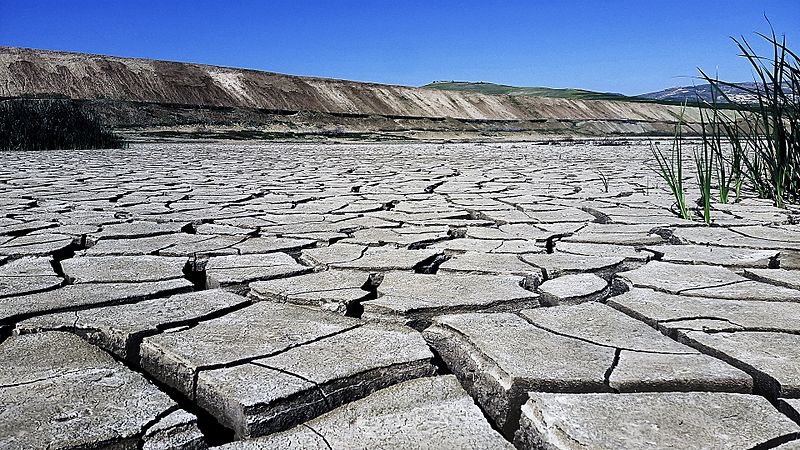In tangible terms, 2018 marked a setback for American efforts to combat climate change.
Carbon dioxide emissions rebounded by 3 percent after three straight years of declines. But in the realm of ideas, 2018 was a year when pioneers at the federal, state and corporate levels announced unprecedented ambitions for future goals, and technologies emerged to make those goals more attainable.
First, the bad news. Tariffs on photovoltaic panels, steel and aluminum, slowed the construction of new solar and wind farms. That left natural gas to pick up the slack from this year’s near-record retirements of coal power plants. A colder winter and hotter summer than 2017 drove up demand for natural gas heating and electricity. Meanwhile, oil use rose as Americans drove a record number of miles and bought record amounts of goods. Beyond this year’s uptick, Trump administration proposals to weaken efficiency standards for everything from vehicles to light bulbs to power plants could boost emissions for years to come.

Despite this uptick in emissions, proposals for future targets reached record ambition in 2018. Most notable at the federal level is the Green New Deal, brought to prominence when Rep.-elect Alexandria Ocasio-Cortez (D-N.Y.) and young climate activists staged a sit-in in House Minority Leader Nancy Pelosi’s (D-Calif.) office in November. They are demanding the creation of a new select committee in the House to craft legislation for a Green New Deal, and claim the backing of 43 members of Congress so far.
At this point, it’s unclear what such legislation would entail, but the level of ambition could be stunning. The first attempt to turn Green New Deal rhetoric into concrete policy targets came from Greg Carlock and Emily Mangan of the progressive group Data for Progress. Their report calls for 100 percent zero-emission vehicles by 2030, 100 percent clean electricity by 2035, and a carbon-free energy sector by 2050. As Carlock tells me, “It was meant to be a visionary document, to start the conversation that says what is needed in clean and renewable energy, and to say what does this actually mean, what do we actually need.”
The prospects for a Green New Deal passing in a Republican-led Senate and earning a President Trump signature are nil. But by pushing the boundaries of a progressive solution to climate change, a Green New Deal could make market-based solutions like a carbon tax more palatable to conservatives as a centrist alternative.
At the state level, California Gov. Jerry Brown signed legislation in September for the his state to reach 100 percent clean electricity by 2045. That same week, he issued an executive order for the state to achieve carbon neutrality not just for electricity but economy-wide by that same year. While that order is non-binding, it sets a context for motivating future legislation. Also this year, the District of Columbia set a 100 percent renewable electricity mandate for 2035, and nine northeast states announced their intentions to jointly tackle transportation emissions.
Read more: The Hill


